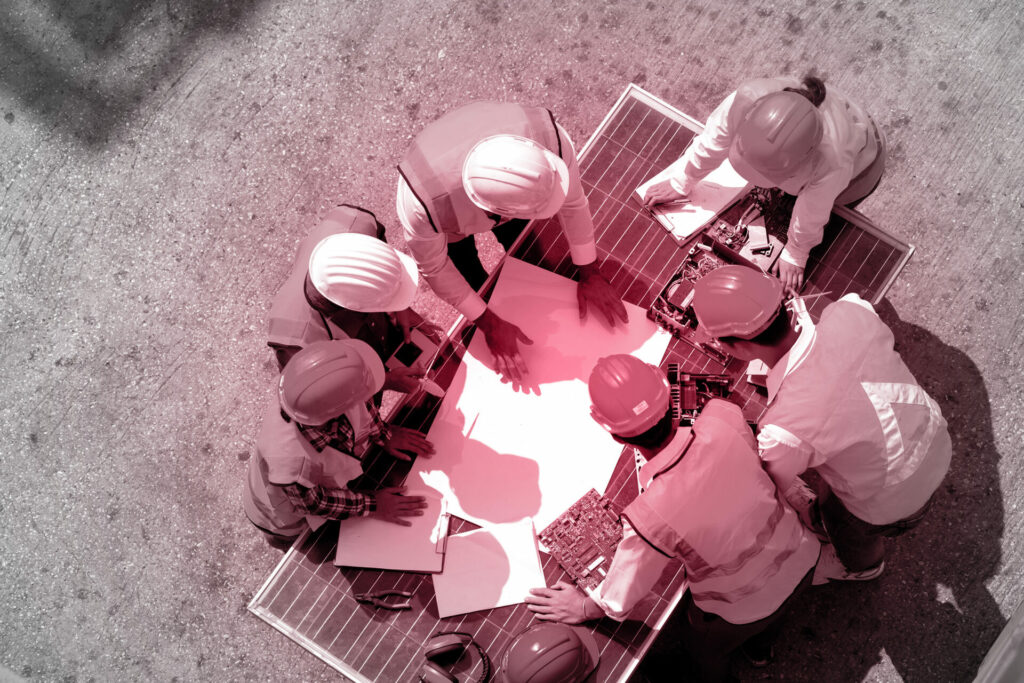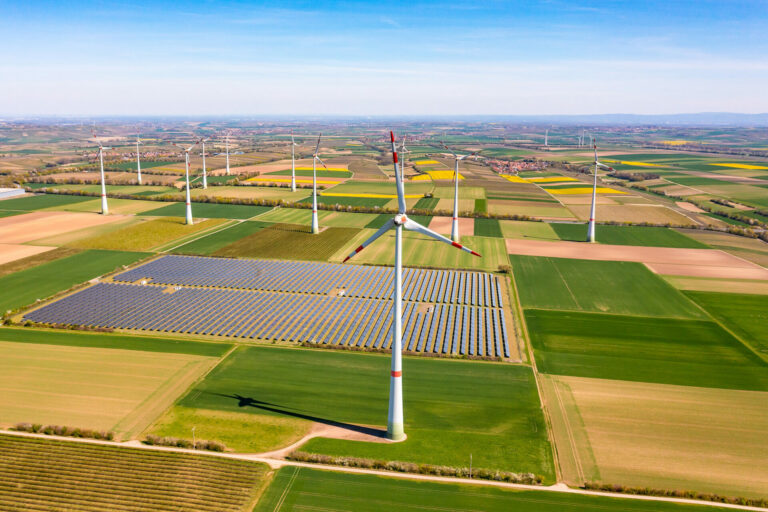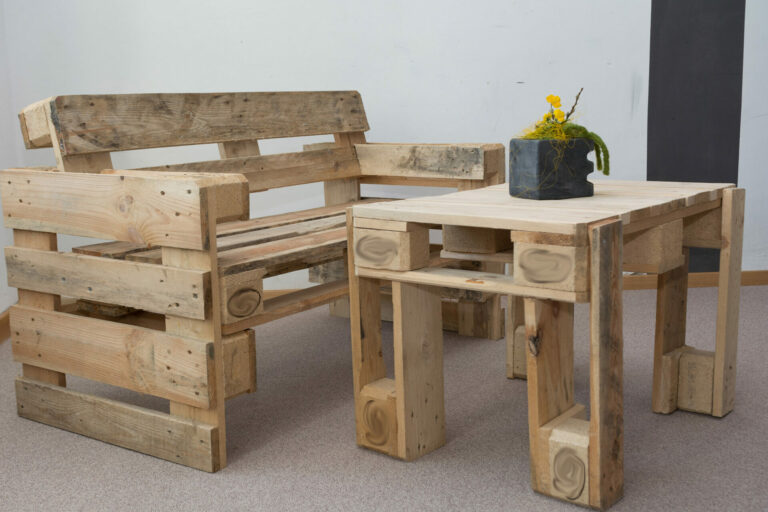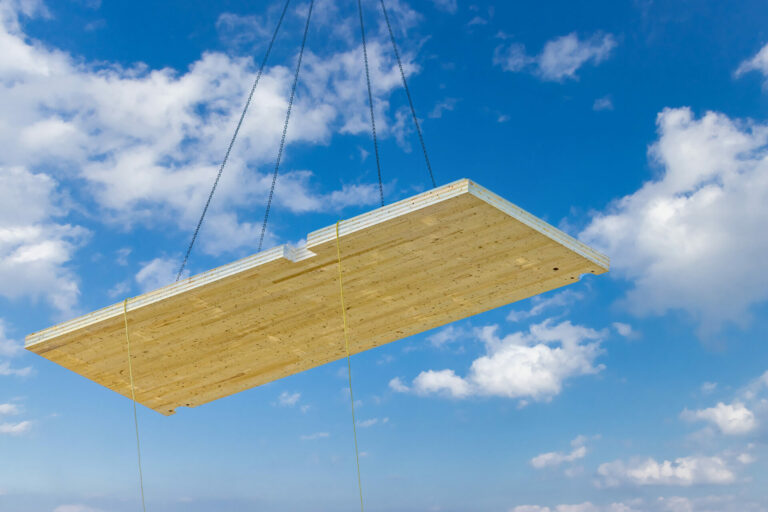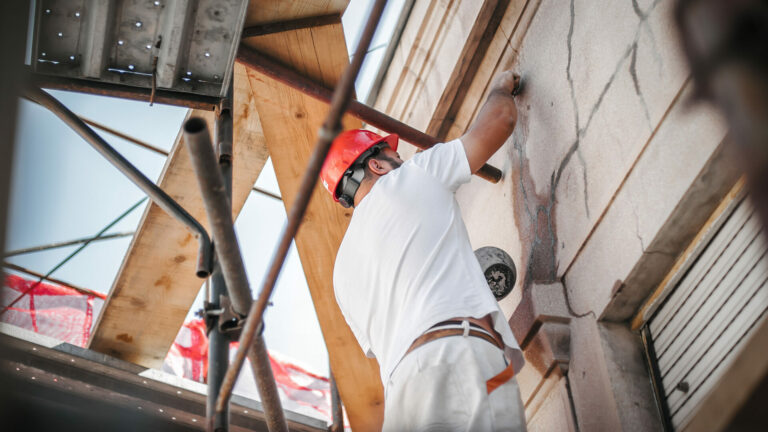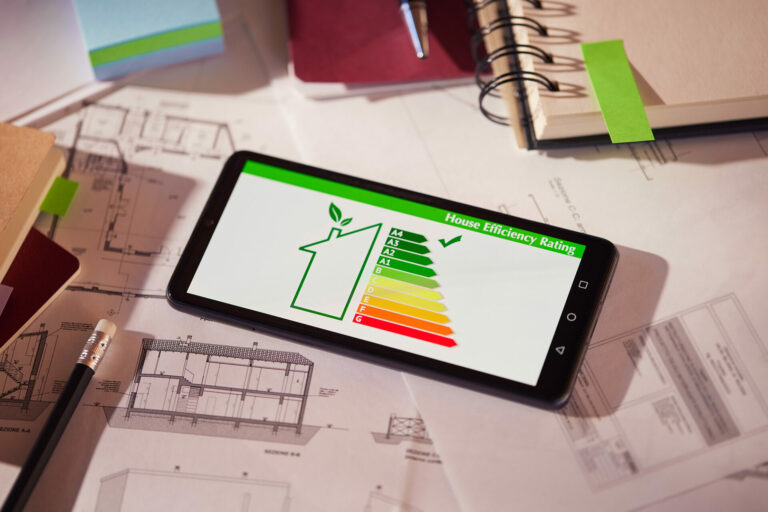It seems as though we have been here before. Industry leaders are once more speaking out about diversity and inclusion on jobsites across North America. The most forward-thinking companies are putting their names, and their ideas, together to formulate plans and facilitate discussions. The goal is simple, creating a welcoming and safe jobsite for all. Seems like it should be the most natural thing in the world, doesn’t it? When we dig into the statistics however, it is anything but. According to the U.S. Bureau of Labor Statistics, the construction industry is a staggering 88.6% white. This is far in excess of the 78% found across the general workforce. While, this is not necessarily a problem in itself, when viewed in the context of an industry that was trying to deal with rising instances of nooses and offensive graffiti appearing on jobsites, it became clear that work needed to be done. Even back in 2020, as numerous instances of racism were reported on construction sites, construction workers of color were reporting that despite a heightened media coverage, these attacks were not new. In fact, many workers explained that they had dealt with these kinds of incidents for their entire careers.
In the wake of George Floyd’s murder in 2020, discussions were taking place between Turner Construction CEO Peter Davoren and Gilbane Chairman Tom Gilbane Jr. on how best to move forward in an inclusive way, while applying best practices for addressing such divisive social upheaval. These discussions led to similarly minded companies Mortenson, DPR, McCarthy and Clark Construction collaborating to devise and launch the inaugural Construction Inclusion Week in 2021. Davoren explains that respect is the one simple idea that drives CIW forward and places it as a non-negotiable aspect of the work being done at Turner Construction. “We live in a crazy world, and in a politically divided country. But your workplace is supposed to be a safe haven from all that, where people are treated with dignity and respect. That’s what we teach our children in school. Why can’t we bring that same behavior into the workplace? You don’t need to show up with your political flag. You just need to show up to treat others the same way, and then go build something to be a part of something extraordinary.”
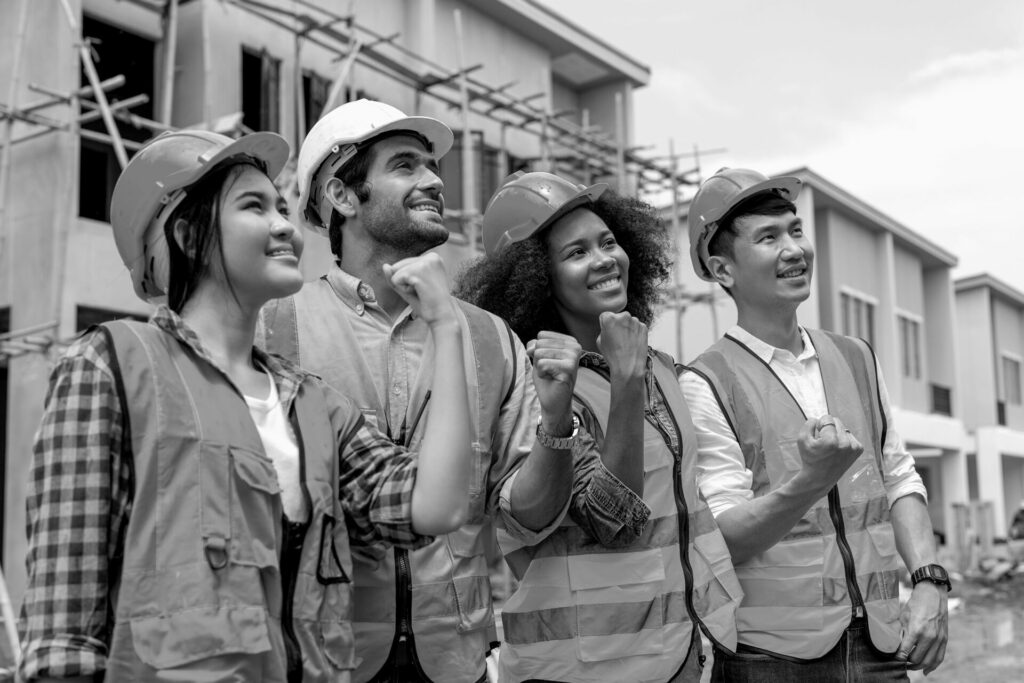
Construction Inclusion Week 2021 was an enormous success. Over 1,200 firms took part to discuss and listen in a week of education and advocating for equality and inclusion. The week was modeled on Safety Week, which helped to decrease the number of reported incidents on jobsites dramatically. However, what was clear to the companies at the heart of the drive was the need to be welcoming and open. It was recognized that these are not easy discussions and, the formal conference model could, perhaps, be exclusionary in itself. To this end, the event’s founding companies stressed that it was an “industry-wide effort to foster safe spaces for difficult conversations, provide educational insights and promote a more inclusive construction industry.”
What is novel about CIW was the sense of understanding that permeated the event. While many believe that racism has no place in society, let alone in the workplace, the need to respectfully engage with companies on all levels is the only way to achieve success. Finger pointing and rants were certainly not on the week’s agenda. Inclusion is for all, and this fact wasn’t lost on the organizers. In fact, it was a key factor in the model that Construction Inclusion Week promoted. “We recognize and understand that each of our firms may be at different places in our diversity, equity, and inclusion journeys. Our intent is that Construction Inclusion Week fosters conversations that create alignment and take us further on this journey for our people and industry partners. If we genuinely want to attract, retain, and develop the best talent for our industry and maximize the diversity of our suppliers, we must grow our industry’s culture to be truly inclusive.”
While the inaugural event in 2021 was a success and a huge step forward in raising important conversations, this year’s event was even better. The number of attendees almost doubled on last year’s figure with 2,345 companies registered for the event which ran from Oct. 17th – 21. According to Davoren, this increase is evidence that stakeholders within the industry are seeking change. “We have more champions on the trade-partner level than ever before who are dedicating their businesses to eliminating hate and bias, and upgrading the behavior on projects so all workers are treated with dignity and respect.” CIW was broken down into daily themes, with each day focusing on a different area of inclusion within the industry. From accountability and belonging, through supplier diversity and workplace culture, the week finished up with the topic of community engagement. Events on each day took place in a variety of settings, from in-person talks and panel discussions to online video content, discussions, and seminars.
“Our intent is that Construction Inclusion Week fosters conversations that create alignment and take us further on this journey for our people and industry partners.”
CIW attendees were encouraged to download an online guide which was carefully designed to assist companies in mapping out activities, toolbox talks and events they could run at their own companies and jobsites. In addition to this, CIW 2022 brought a number of new offerings to the table such as the opportunity for companies to self-assess their own diversity, equity and inclusion maturity model, training guides and webinars, daily simulcast events and a planning schedule template. With incredibly well attended talks and record number of companies registered, it seems as though the week was a success. However, do events like these translate into change within the industry? For Davoren and those at Turner Construction, the answer is not necessarily clear, yet. The company recently shut down a $1.5 billion Meta data center build near Omaha, Nebraska when racist graffiti was found. While he accepts that closing a jobsite is an extreme response, he feels that it is also a necessary one. “Are we still having bias motivated events? Yes, unfortunately, we are. I don’t know the reason why. But here’s the information I know about what happened in Omaha, Nebraska: There are 1,350 people on that project. When we shut it down, there were 1,349 people that were really upset that one person defaced the project and made them collateral damage. It may seem like shutting the job down is punitive, and it is. But that symbol of hate was intended for somebody, and we need to support them.”
From the outset, it has been accepted that tacking racism on the jobsite is an enormous task. Historical bias and a tempestuous political landscape have come together in recent times to create a perfect storm for hate and prejudice. What’s undeniable is that, in order to move this conversation forward, inclusion needs to be addressed from multiple angles and the industry needs to listen to every voice. Standing up for marginalized workers is at the core of what Davoren and those at CIW are doing. With record attendees and media coverage to boost the message, Dan Johnson, CEO of Mortenson feels that positive change is already taking place. “For years, if there was racist graffiti on a project site, you would just go paint over it and not tell anybody. Now, we’re stopping multibillion-dollar jobsites because someone wrote graffiti. I hate to say it, but there’s a positive context to that happening.”









